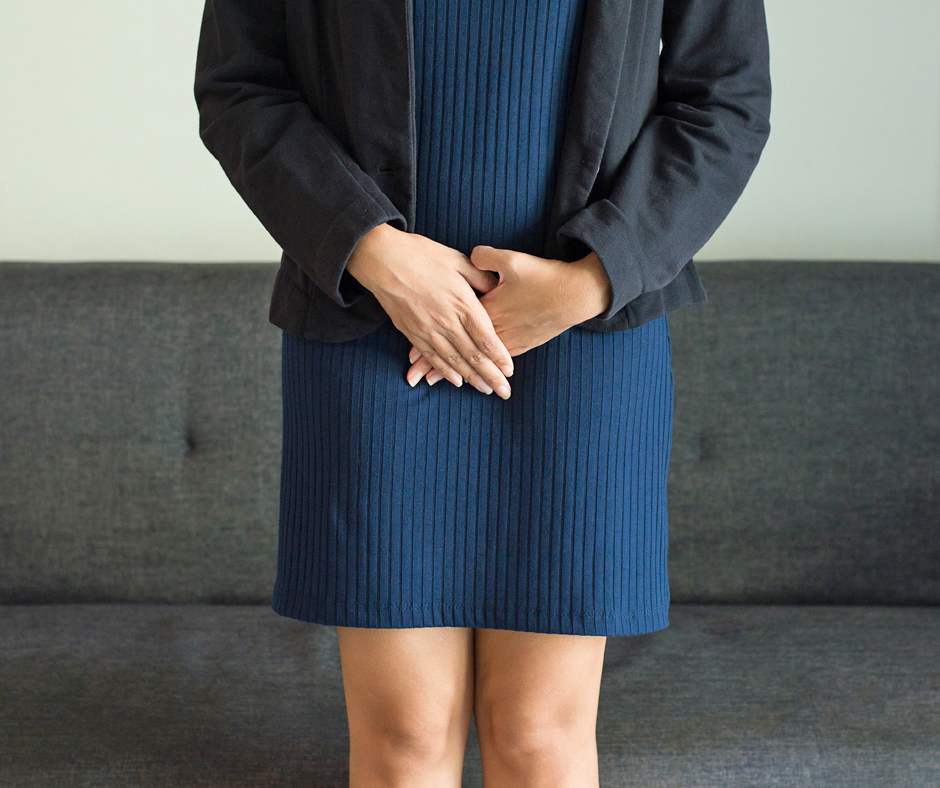If your misbehaving bladder is getting the best of you, you may have Urinary Incontinence. 25 million Americans struggle with the condition, fighting against loss of bladder control and involuntary leaking of urine – but few, if any, like to admit it. Despite its common occurrence, urinary incontinence is often an embarrassing condition that leaves patients hiding their struggle from friends, family, and even their doctor.
If that sounds like you, there are a few things you should know about this common and chronic condition.
There are several types of urinary incontinence.
While all incontinence causes urine leakage, it doesn’t look or act the same for every patient. It can range from a tiny leak when you laugh to sudden urges that are so strong you can’t make it to the bathroom. The most common types include:
- Stress Incontinence. The most common type of incontinence occurs due to pressure on the bladder during activities like sneezing, coughing, exercise, or laughter.
- Urge Incontinence. Also known as “overactive bladder”, this type of incontinence causes sudden and intense urges that make it difficult to reach a bathroom in time.
- Overflow Incontinence. This occurs when the bladder doesn’t empty completely when you urinate, causing it to become too full and leak small amounts of urine between bathroom breaks.
- Reflex Incontinence. This is the unexpected loss of urine due to a spasm in the bladder muscles, with or without the urge to urinate.
Up to 33% of adults in America have it.
That’s millions of people! Many people with urinary incontinence feel alone. After all, bladder leakage isn’t something you talk about at dinner or discuss at the work water cooler. Some patients even have trouble talking about it with their doctor! It’s important to remember that millions of other people also struggle with this very common condition.
It affects both women and men.
Urinary Incontinence is twice as common in women, but it does happen in men. Women are more prone to urinary incontinence because events like pregnancy, childbirth, and menopause have a direct effect on the urinary tract and its surrounding muscles. However, up to one-third of adult males have urinary incontinence, especially those with prostate cancer.
It doesn’t “just happen as you age”.
It’s a common myth that bladder leakage is a normal part of aging, but that isn’t the case. Your risk for urinary incontinence does increase as you get older, but that’s because it’s often caused by bodily changes that happen later in life. It can also be caused by obesity, constipation, nerve damage, smoking, and certain surgeries. While urinary incontinence isn’t something to be ashamed of, it is something that needs investigating.
There are treatments available.
Urinary Incontinence doesn’t have to be a life sentence. Your doctor can help you develop a treatment plan to take control of your bathroom breaks and improve your bladder health. Common treatments include:
- Kegel Exercises to strengthen the bladder and pelvic floor muscles.
- Bladder Training can retrain your bladder to signal and release urine at the proper times. This includes going to the bathroom on a schedule and gradually increasing the amount of time between visits to the toilet.
- Lifestyle Changes like losing weight, quitting smoking, and avoiding constipation.
- Medications are available that can relax the bladder muscles to prevent spasms, decrease urine production, block abnormal nerve signals, and more.
- Medical Devices like pessaries and intermittent catheters can help patients regain urinary control.

